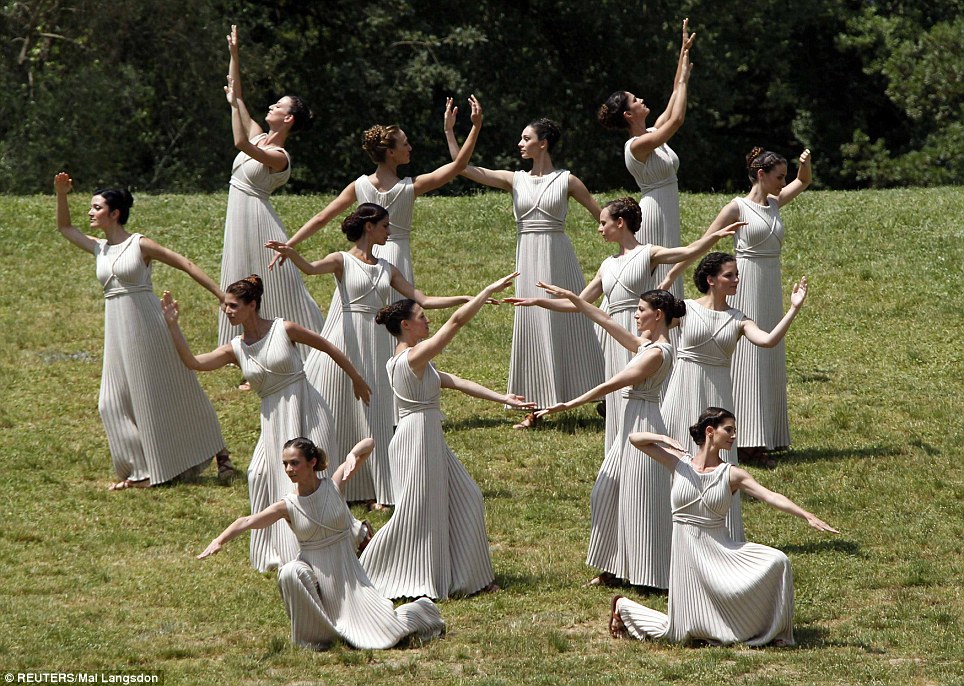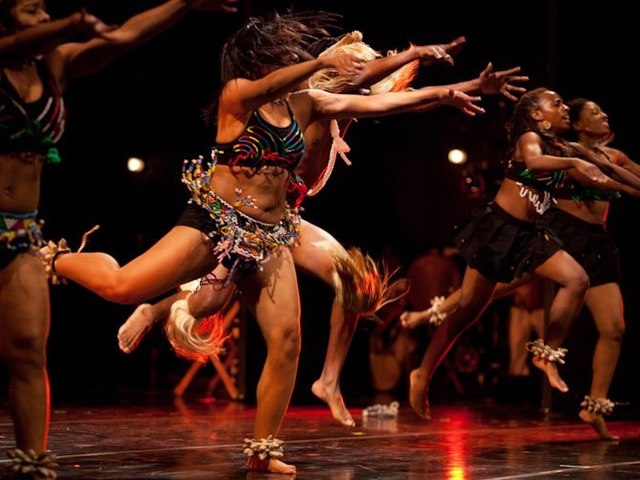The Evolution Of Dance
The evolution of dance is as long as the presence of man on this planet. Perhaps one of the most elusive of arts to visualize, dance is used, among other reasons, to express emotion, as a form of worship, as an act of healing, and for artistic expression. Dance does not leave behind concrete proof of its existence in the form of cave drawings or tools, but it’s presence throughout human history cannot be ignored.
Ceremony
From the earliest recorded history, dance has been used in ceremonies. Actually, there really is a 9000 year old rock painting of people dancing in India, and a tomb painting in Egypt that depicts a couple dancing, has been dated about 3300 BC. The earliest writings about dance are from India, in which a dance called the Natya Shastra is described. This dance, as described in the manuscript, is still around today, and is considered a classic.
Ancient writings in Sri Lanka dating back to 543 BC speak of wedding ceremonial dances, and classical dance of that area typically have very intricate rhythms.
Healing
Dance has also traditionally been used as a form of healing. Civilizations all across the world have used dance to enter trances and states of ecstasy which are supposed to ward off evil spirits that were suspected of causing illness. The Dance Macabre of the middle ages reflects this purpose, and was intended to ward off the black death.
Expression
It is surmised that dance was used before the written and spoken word as a form of instruction. Before the written word, dance was used to teach the myths of ancient civilizations, and the dances were passed down much as stories.
The earliest written record of dancing in Europe was in Homer’s “Iliad”. He explained the chorea, from which the word for designated dance move evolved in the form of “choreography”. The chorea was a system of dance moves, each of which denoted a particular emotion or passion. These passions would be communicated to the audience through the recognized gestures, and they were often recreated in art of the era.
Modern Dancing
Modern dancing dates back to the 1700s but obviously has evolved into more modern and completely different branches. Ballet was developed, built largely on the passions of ancient Greek dance. Dance in India, by that time, had become somewhat vulgar and was banned by the British. However, ballet continued to grow in popularity, and court dance was also very popular. Due to the clothing of the era, most court dances involved large gestures and posing. Ballet is still very popular among children and is taught around the world today, just need to make sure you have the right dance accessories!
The last century has seen a great deal of change in dancing, perhaps more than in any other era. The beginnings of the 1900s saw independent dancers begin to break loose from their partners in modern dance forms, and now, it is not unusual to see people dancing without a partner at all.
Folk dancing, court dances, ballroom dancing, and other forms of dance are rising in popularity. As people strive to become more fit, they have found satisfaction and expression, as well as social interaction, in various forms of dance.




